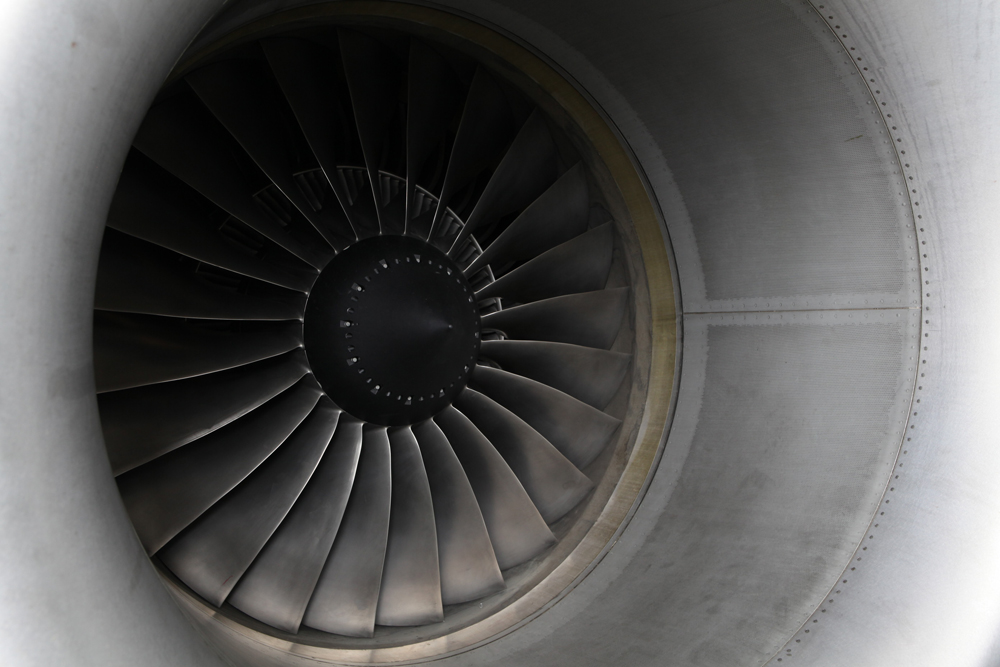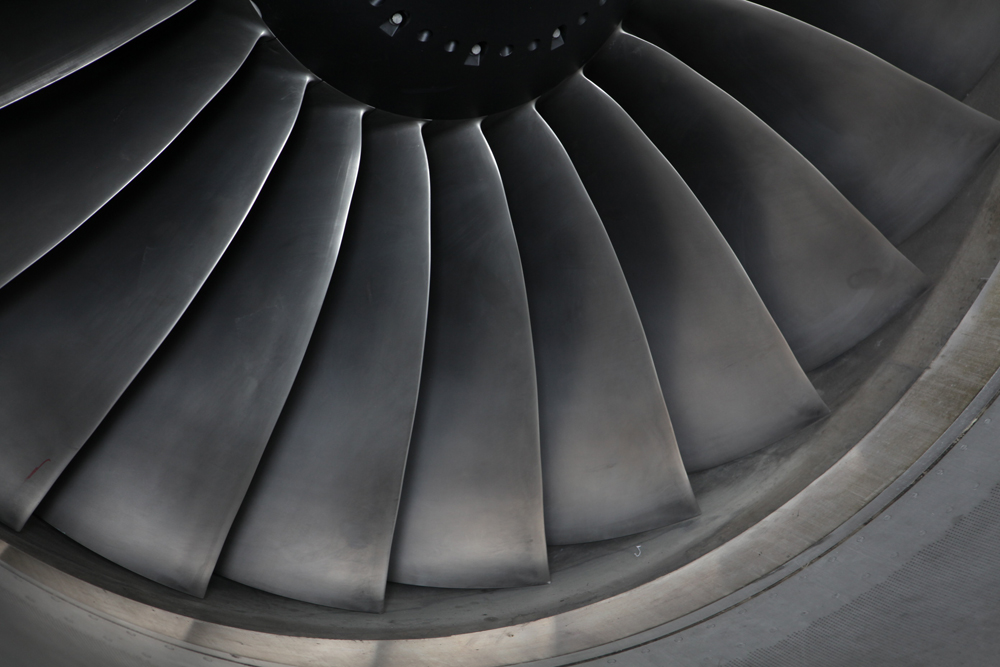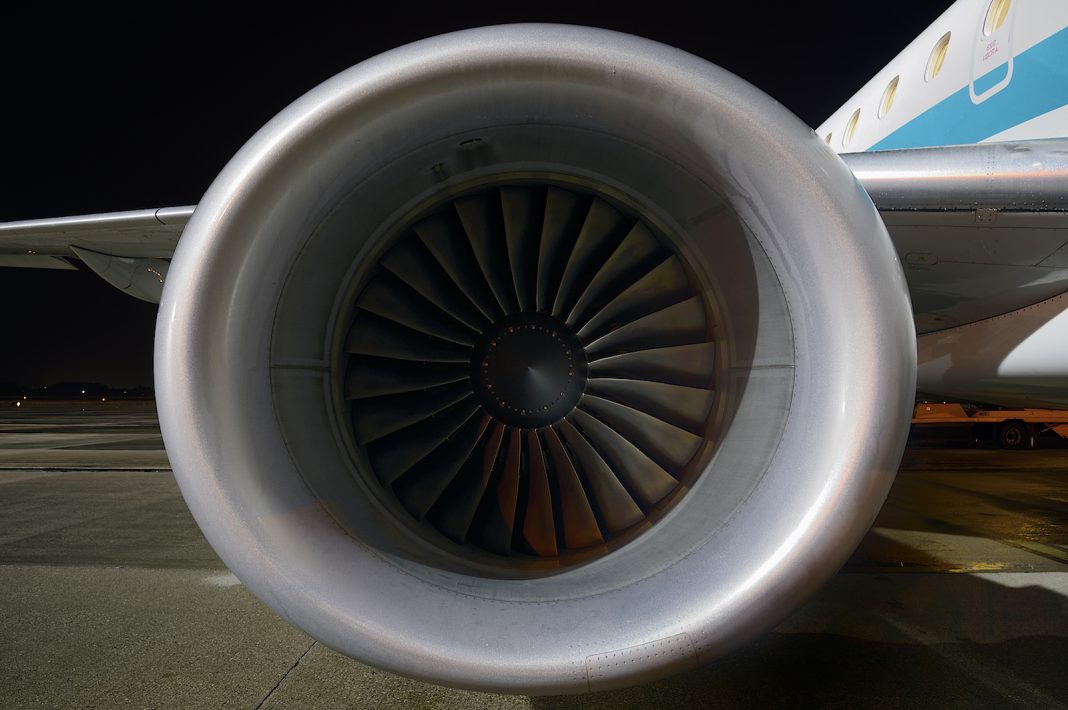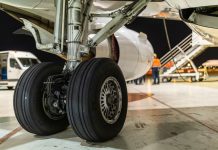You’re taxing on the runway and you hear a sound coming from outside, the airplane slows down, stops and that soft sound becomes a rumble filling up the cockpit, while the shadow takes off in few seconds: the best music for any aviation lover.
The airplane is one of the most complex and clever manmade means: within a mix of technology and engineering, engines represent the beating heart, the main core, what allows to an airplane to take off.
First aircrafts had turboprops and even today they’re the most of the engines in non-commercial airplanes. But when we think about an airplane engine, we come up with the typical reaction engine, a fixed-wings cylindrical drum.

Reaction engine, even with simple operations, is the summary of the complex systems of an airplane. How it works exactly? An aeronautical engineer would answer that it works with the thermodynamic Joule-Brayton cycle… We just need to know that a turbojet burns a given quantity of a compressed air and kerosene blend producing the needed load through a high-speed air emission.
“Turbofan” are the most used engine in aerospace industry for larger civil airplanes, just like those placed on our airplanes! Outside air is sucked into an enclosed area and compressed in several levels, then moved to the combustion chamber. Combustion chamber creates a gases flow, rotating the turbines, which are connected to the main forward fan (the one you see if you look at an engine from the front!) It produces most of the load.
Load is one of the parameters used to measure the power of an engine: the largest in the world has a load of 52.000 kg, a diameter of 3,25 metres (wider than our Embraer’s fuselage!) and is place on the new Boeings 777X. The smaller engine of our Embraer 190 has a diameter of 1,4 metres.
What if an engine turns off while we’re flying? No worries, an airplane can easily fly and land even with one engine, as explained in the redundancy article.

Finally, just a curiosity: there are three large producers of airplanes engines: General Electric, Pratt & Whitney and Rolls Royce (the same of motor cars!). The same airplane might be equipped with different models, it depends on the air company and the airplane model. What’s the difference? Basically, no one. Except by the typical sound of each of them. And you can listen to it here or here! 😉
(Photo credits @PSC – Piti Spotter Club)




